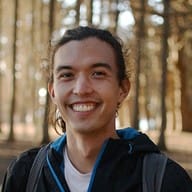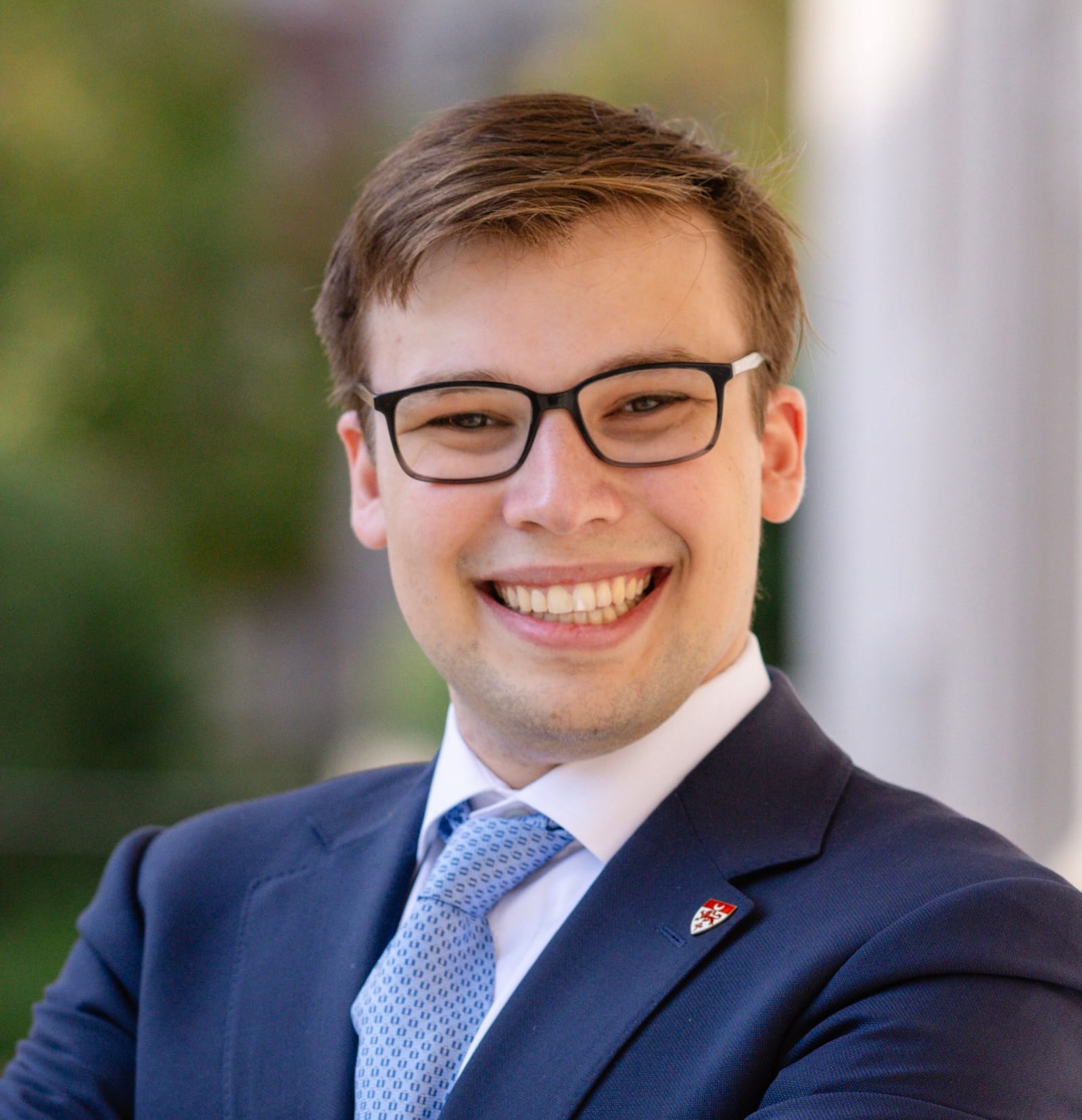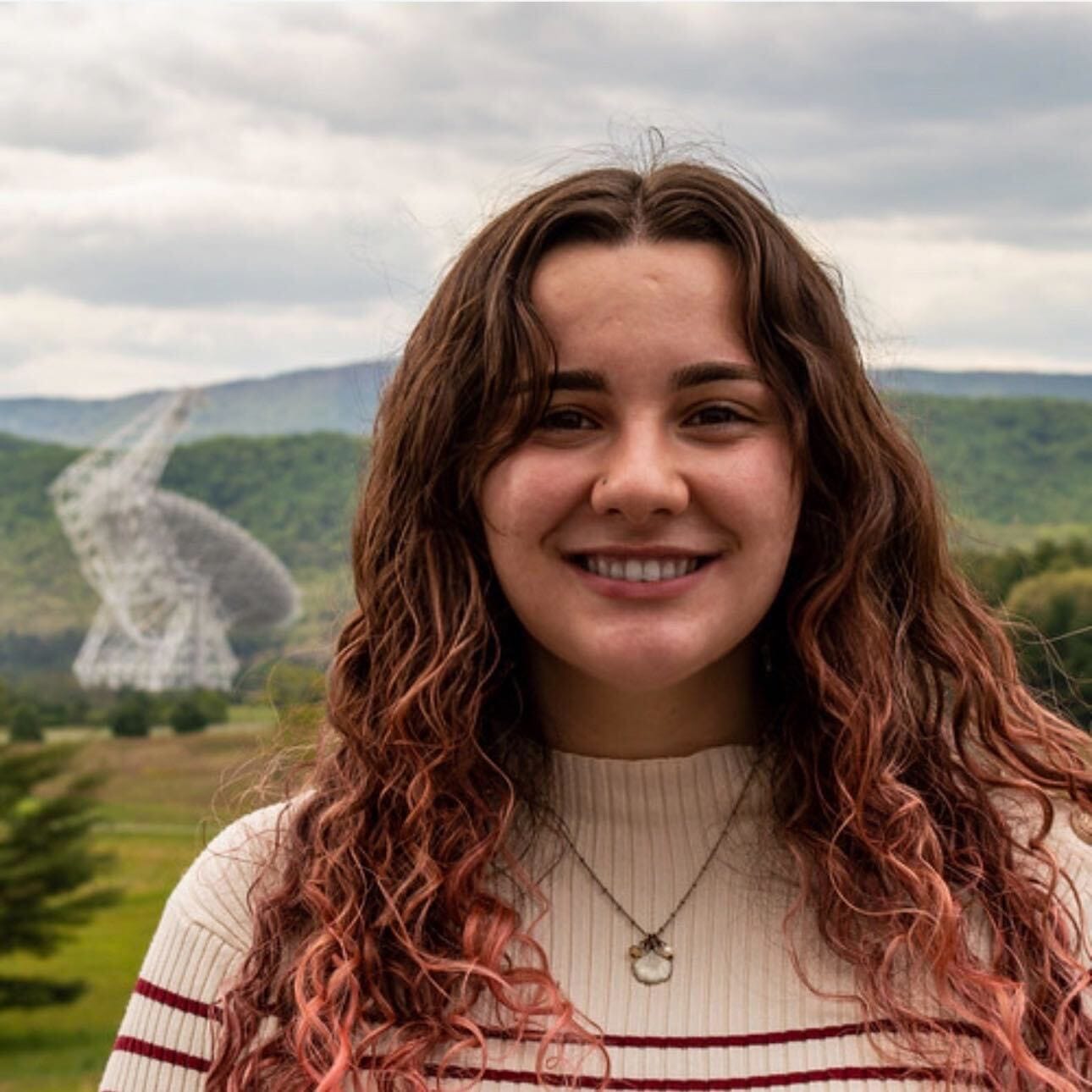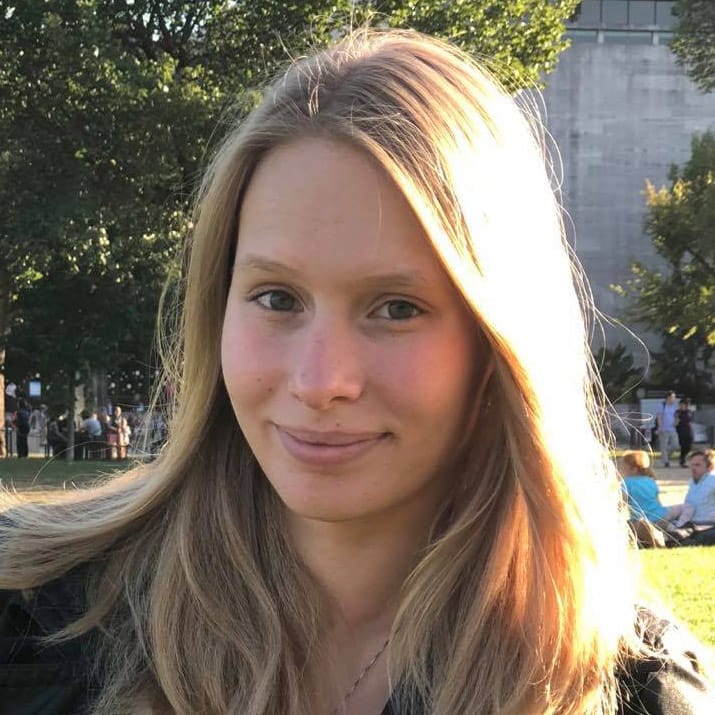The Group
The STScI/JHU Quenching Galaxies Group
The post-starburst (PSB) galaxies group at the Space Telescope Science Institute (STScI) is a collaboration between staff scientists, postdocs and graduate students at STScI and Johns Hopkins University. The focus of this research group is to study the formation and evolution of galaxies with an emphasis on why star formation shuts down in galaxies. While this is our primary focus, our interests are diverse and our research spans many topics in galaxy evolution including AGNs, galaxy environments, and how the nature of star formation quenching changes as a function of redshift. We are involved in a wide range of observational programs using the Hubble Space Telescope (HST), the James Webb Space Telescope (JWST), and ground based telescopes such as Gemini, the Very Large telescope (VLT), the Jansky Very Large Array (VLA), and the Atacama Large Millimeter Array (ALMA), to understand the morphologies, environments, stellar populations and gas contents of quenching galaxies from high to low redshift (0<z<4).
Members
Leads: Katey Alatalo, Kate Rowlands, Andreea Petric
Members: Pallavi Patil, Adam Smercina, Stacey Alberts, Tim Heckman, Maria Jesus Jimenez Donaire, Kirsten Larson
Students: Lauren Dysarz, Isaac Moskowitz, Justin Otter, Maya Skarbinski
The SPOGS Collaboration
The Shocked POststarburst Galaxy Survey searches for galaxies that are currently undergoing rapid transformations from blue cloud late-type spirals to red sequence early-type elliptical and lenticular galaxies. SPOGS is a new way to search for these transitioning galaxies, using spectra to pinpoint objects with shocks (via ionized gas line ratios) and young stars (via Balmer absorption). This search is able to identify galaxies in this metamorphosis, and our team is following up these objects to understand the many mechanisms that are responsible for galaxy transformation.
Current Students
Justin Otter (Johns Hopkins University)
 Justin studies the nature of gas in quenching galaxies, and especially the physical processes that are able to influence its ability to form stars, be it through outflows or turbulence. He keeps his view local, focusing on nearby post-starburst galaxies and especially NGC 1266. Justin has expertise across wavelengths, with specialties in optical IFU and radio interferometry. He is a successful P.I. of a VLA proposal.
Justin studies the nature of gas in quenching galaxies, and especially the physical processes that are able to influence its ability to form stars, be it through outflows or turbulence. He keeps his view local, focusing on nearby post-starburst galaxies and especially NGC 1266. Justin has expertise across wavelengths, with specialties in optical IFU and radio interferometry. He is a successful P.I. of a VLA proposal.
Maya Skarbinski (Johns Hopkins University)
 Maya focuses her sights on understanding the nature of quenching galaxies at cosmic noon (z~2) and beyond, trying to gain a statistical understanding of post-starburst and quiescent galaxies and how that evolves with redshift. Maya has expertise in JWST NIRSpec spectroscopy, as well as fitting star formation history models to photometric and spectroscopic data of identified post-starburst galaxies.
Maya focuses her sights on understanding the nature of quenching galaxies at cosmic noon (z~2) and beyond, trying to gain a statistical understanding of post-starburst and quiescent galaxies and how that evolves with redshift. Maya has expertise in JWST NIRSpec spectroscopy, as well as fitting star formation history models to photometric and spectroscopic data of identified post-starburst galaxies.
Isaac Moskowitz (Johns Hopkins University)
 Isaac comes to our group with considerable knowledge of machine learning techniques. He uses them to gain insights into the morphologies of quenching galaxies at cosmic noon, finding new ways to identify this population. He sets his sights on "squeezing blood from the stone" by using ML to exploit JWST imaging data for these sources, which are highly compact, and thus enhance our understanding of the physical processes at play in quenching galaxies at high redshift.
Isaac comes to our group with considerable knowledge of machine learning techniques. He uses them to gain insights into the morphologies of quenching galaxies at cosmic noon, finding new ways to identify this population. He sets his sights on "squeezing blood from the stone" by using ML to exploit JWST imaging data for these sources, which are highly compact, and thus enhance our understanding of the physical processes at play in quenching galaxies at high redshift.
Lauren Dysarz (U.C. - Santa Barbara)
 Lauren works with me on what happens at the mass boundary that separates those galaxies that can quench with or without being satellite galaxies. This study has focused on the 10^9 solar mass isolated galaxy IC 2520, which shows signs of recent interaction, to understand whether it will quench its star formation without the influence of a halo of a larger galaxy.
Lauren works with me on what happens at the mass boundary that separates those galaxies that can quench with or without being satellite galaxies. This study has focused on the 10^9 solar mass isolated galaxy IC 2520, which shows signs of recent interaction, to understand whether it will quench its star formation without the influence of a halo of a larger galaxy.
Former Students
Dr. Liza Sazonova (University of Waterloo)
 Liza earned her Ph.D. in 2022 from Johns Hopkins. Liza is one of the foremost experts in the world on the statistical analysis of morphologies of galaxies, including applying machine learning techniques to morphological parameters, finding new avenues for identifying quenching galaxies without the need for spectroscopy. Liza works primarily in the optical, but set her sights on creating a universal morphology-fitting tool able to handle multiple telescopes, but also work across the electromagnetic spectrum.
Liza earned her Ph.D. in 2022 from Johns Hopkins. Liza is one of the foremost experts in the world on the statistical analysis of morphologies of galaxies, including applying machine learning techniques to morphological parameters, finding new avenues for identifying quenching galaxies without the need for spectroscopy. Liza works primarily in the optical, but set her sights on creating a universal morphology-fitting tool able to handle multiple telescopes, but also work across the electromagnetic spectrum.
Dr. Yuanze Luo (Texas A&M University)
 Yuanze earned her Ph.D. in 2024 from Johns Hopkins. Her studies have focused on galactic nuclei, and in particular on the AGN’s influence when it comes to galaxy quenching. She has applied this curiosity on the details of specific case studies (such as IC 860), on a specific population (Type 1 and Type 2 QSOs), as well as statistically across all quenching galaxies in a specific field to understand the impact AGNs have on the cessation of star formation.
Yuanze earned her Ph.D. in 2024 from Johns Hopkins. Her studies have focused on galactic nuclei, and in particular on the AGN’s influence when it comes to galaxy quenching. She has applied this curiosity on the details of specific case studies (such as IC 860), on a specific population (Type 1 and Type 2 QSOs), as well as statistically across all quenching galaxies in a specific field to understand the impact AGNs have on the cessation of star formation.
List of Additional Mentees
Felipe Ardila, Carson Adams, Laura Jaliff, Sophie Lebowitz, Diane Salim, Tess Stewart, Lindsey Wiser